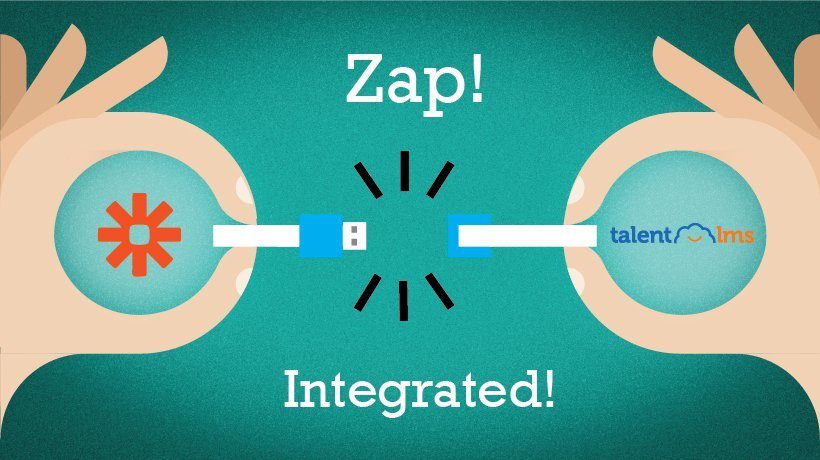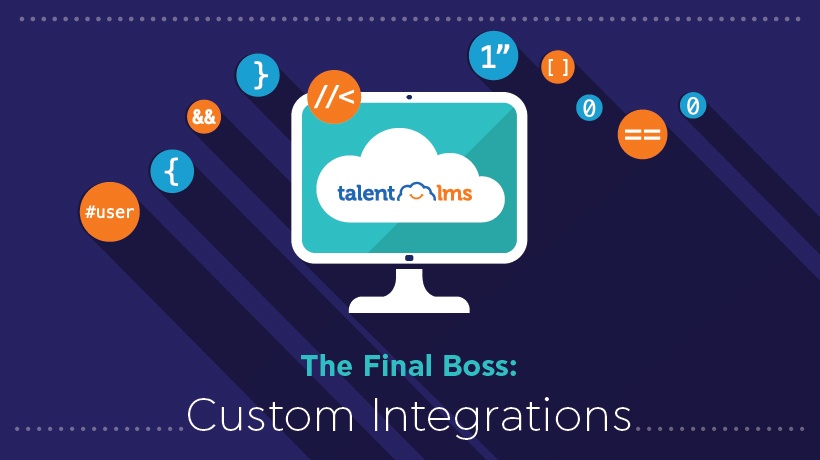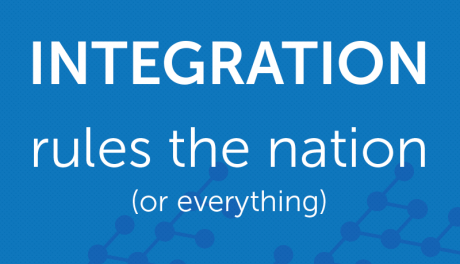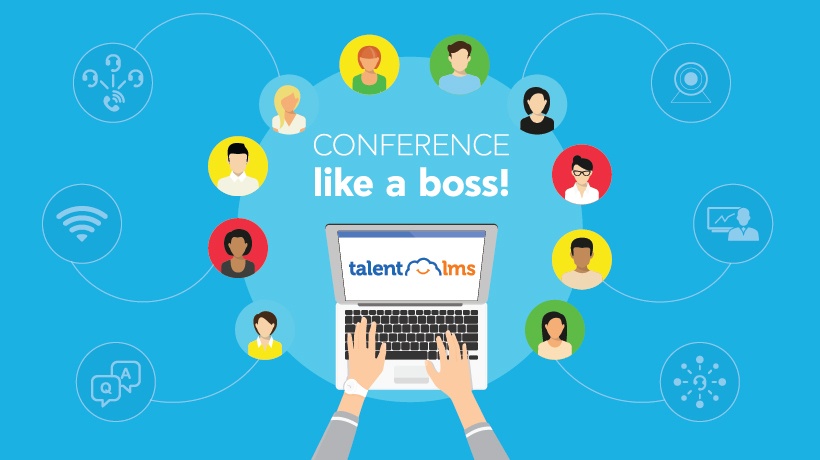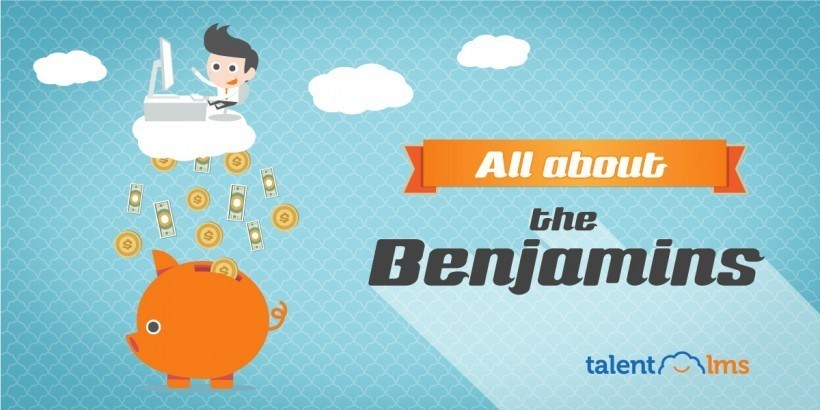Take Full Advantage Of TalentLMS With Its Zapier Integration
When Hellen Keller said “Alone we can do so little; together we can do so much” she probably had human cooperation and not LMS integrations in mind. That’s just as well, though, as her quote applies equally to both cases. TalentLMS might be quite capable as a standalone product, but it sure can do so much more when integrated with other products and services. In the first and the second article of this series we had a look at TalentLMS’ native integrations -- the built-in, turn-key integrations options that come with TalentLMS. But while these are already numerous, they can’t possibly cover anything you want to integrate with -- enter Zapier, a third party service and the topic of today’s post, that opens a whole new world of integrations.
Zapier What?
What’s this Zapier thing, you might be asking, and why would I want to integrate with it? Well, Zapier is an integration service -- not something that you integrate with, but something that you integrate through.
With me still? Good.
In simple terms, Zapier acts as an intermediary (or broker) between two services which you want to integrate. It like a "translation" service, if you will, between different products and protocols. As long as two products both long speak "Zapier", they can connect to each other, even if they don’t speak each other’s language directly.
That wouldn’t be anything to write home about on its own, if Zapier didn’t support thousands of third party products. Which means that by leveraging TalelntLMS’ Zapier Integration, you can make TalentLMS integrate with any of them. And when we say thousands we do mean thousands -- by the latest count, Zapier supported about 3000 products, with more being added every day.
These products include major players (Gmail, MailChimp, Trello, Twitter, Salesforce, etc.) to pretty obscure stuff -- and everything in between.
So How Does This Zapier Thing Work Then?
I’m glad that you asked.
Zapier is an event-based system, not much different in philosophy to TalentLMS’ Notifications. Things that happen in a piece of software ("TalentLMS added a new course") can trigger an action in another piece of software ("Create a new course with the same details in Shopify").
In fact, this is exactly what Zapier calls those things: "Triggers" and "actions" -- and each pair of trigger-and-action is called a Zap.
By creating a Zap, you can have TalentLMS invoke certain triggers and have another application respond to them by performing an action, or vice versa.
The TalentLMS team has already plugged in several Zapier triggers that the TalentLMS can emit and several Zapier actions that it can perform, so what remains for you to integrate any third party system is to match them with their respective counterparts on the other system.
Do I Need A Rocket Science Degree?
Not really, no.
Creating your own Zaps to integrate TalentLMS with another system is pretty straightforward, and it all happens without you having to write a single line of code.
I’m assuming here that you already have a Zapier and a TalentLMS account -- if not, getting one is quite easy too. You’re obviously also going to need an account for the third party service that you want to integrate TalentLMS with.
With all accounts registered, you just need to go to Zapier and create a Zap. You can start from your Zapier dashboard, by clicking on "Make a Zap".
The first step is to choose your triggering service and the corresponding trigger, meaning the event to which you want to respond.
The second, and final, step is to choose your responding service, the one that will perform an action in response to the trigger, and the corresponding action to run.
You’ll also need to give your trigger and action the credentials of their corresponding services so they can connect to them. For TalentLMS you need to tell Zapier your TalentLMS domain and your TalentLMS API key.
To give you a fuller example, a triggering service could be TalentLMS, the trigger could be "New User" registered in the platform, the responding service would be Salesforce, and the responding action would be "Create new Salesforce user".
Any data related to the event, like the User Creation, are sent by Zapier to the responding service, and you get the chance to setup how to automatically translate their names between the two systems.
For example, if TalentLMS sends the "username" for a new user where a corresponding service expects a "login", this can be manipulated to work from one service to the other.
There are also several tutorials on Zapier Integrations on the TalentLMS website and blog, including:
- Integrating Talentlms with Zapier
- How to integrate TalentLMS with MailChimp, Zendesk, Uservoice, Salesforce, etc.
- Set up shop with the new TalentLMS – Shopify integration
Note that (3) is deprecated, as TalentLMS now offers native Shopify integration, but it’s still a good tutorial on how Zapier Integrations work in general.
Conclusion
In this post, we had a look at how TalentLMS allows you to leverage the Zapier Integration service to connect to thousands of third-party applications and services.
Stay tuned for the next part of this series, highlighting even more TalentLMS integration options.

